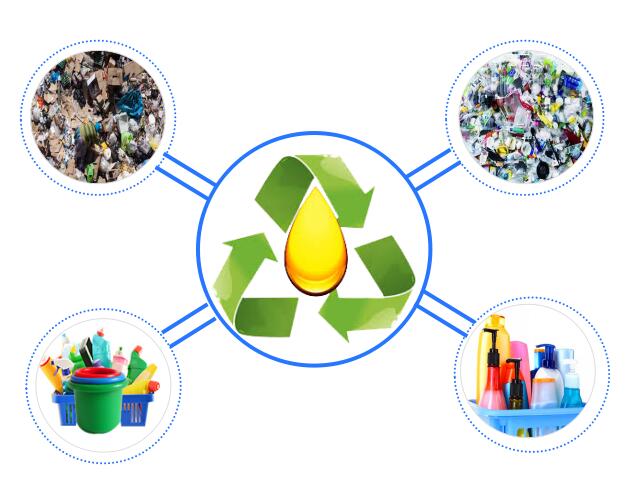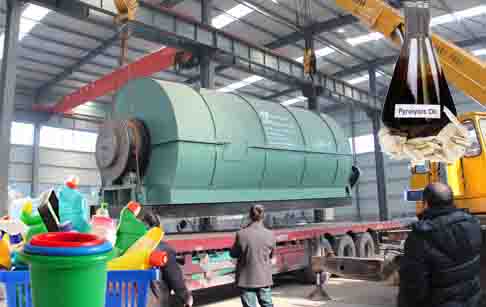Waste plastic to fuel conversion process plant
Date:2015-12-07 16:48:08 Pyrolysis Plant /Give me the price / Leave a message- Skype: bonniezhao2
- Tel: 0086-371-5677 1821
- Whatsapp/Cel: +8613526692320
- Email: market@doinggroup.com

Waste plastic
All around the globe companies and individuals are starting to produce fuel from waste plastic. As only 8% of waste plastic is recycled in the U.S., 15% in Western Europe, and much less in developing countries, this reuse of plastic could potentially keep enormous amounts of plastic out of landfills and out of the oceans. Over 500 billion pounds of new plastic is manufactured each year and roughly 33% of that is single use and thrown away. As so little plastic is recycled, we need to reframe plastic waste as an underused resource vs landfill destined. If all plastic waste made it into the landfill, it would surely be mined in the future, but currently all plastic waste does not make it into our landfills. The United Nations estimates plastic accounts for four-fifths of the accumulated garbage in the world's oceans. We need to stop polluting our oceans with plastic before it is too late, and start collecting all plastics suitable for this new fairly simple technology, a technology that is available now.

Waste plastic to fuel conversion process plant
The technology is not overly complicated, plastics are shredded and then heated in an oxygen-free chamber (known as pyrolysis) to about 400 degrees celsius. As the plastics boil, gas is separated out and often reused to fuel the machine itself. The fuel is then distilled and filtered. Because the entire process takes place inside a vacuum and the plastic is melted - not burned, minimal to no resultant toxins are released into the air, as all the gases and or sludge are reused to fuel the machine.
For this technology, the type of plastic you convert to fuel is important. If you burn pure hydrocarbons, such as polyethylene (PE) and polypropylene (PP), you will produce a fuel that burns fairly clean. But burn PVC, and large amounts of chlorine will corrode the reactor and pollute the environment. Burning PETE releases oxygen into the oxygen deprived chamber thereby slowing the processing, and PETE recycles efficiently at recycling centers, so it is best to recycle PETE traditionally. HDPE (jugs) and LDPE (bags and films) are basically polyethylene so usable as fuel as well, just slightly more polluting as a thicker heavier fuel is created. But additional processing can turn even HDPE into a clean diesel.
